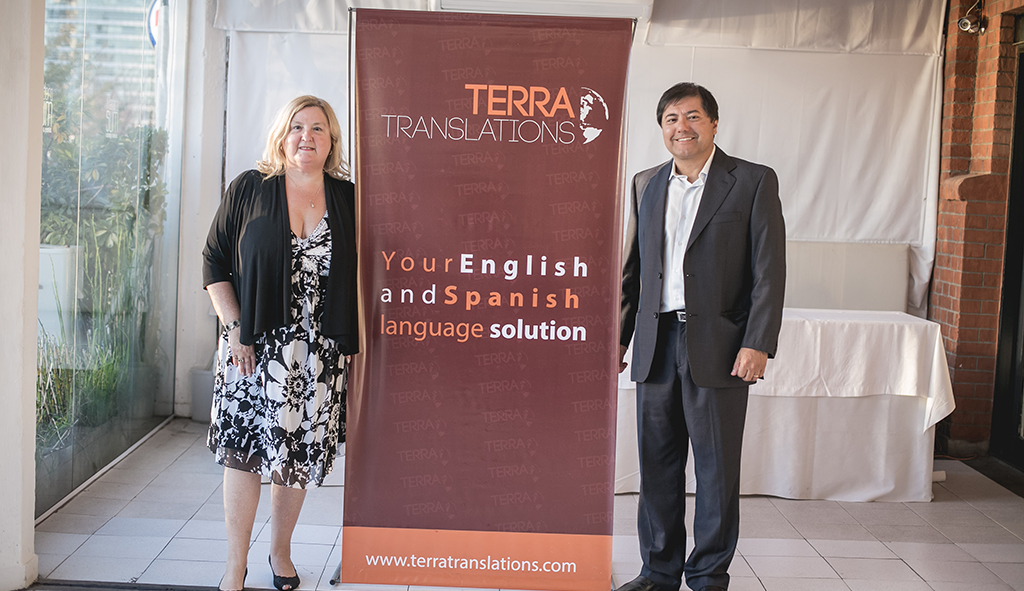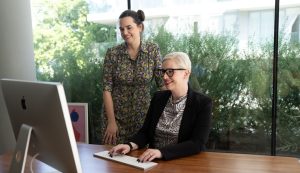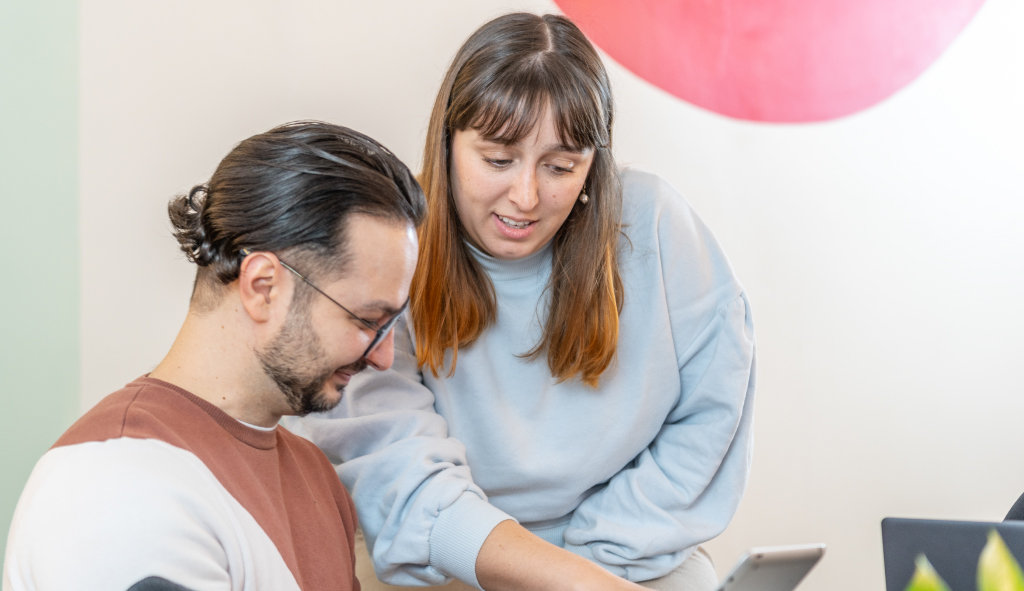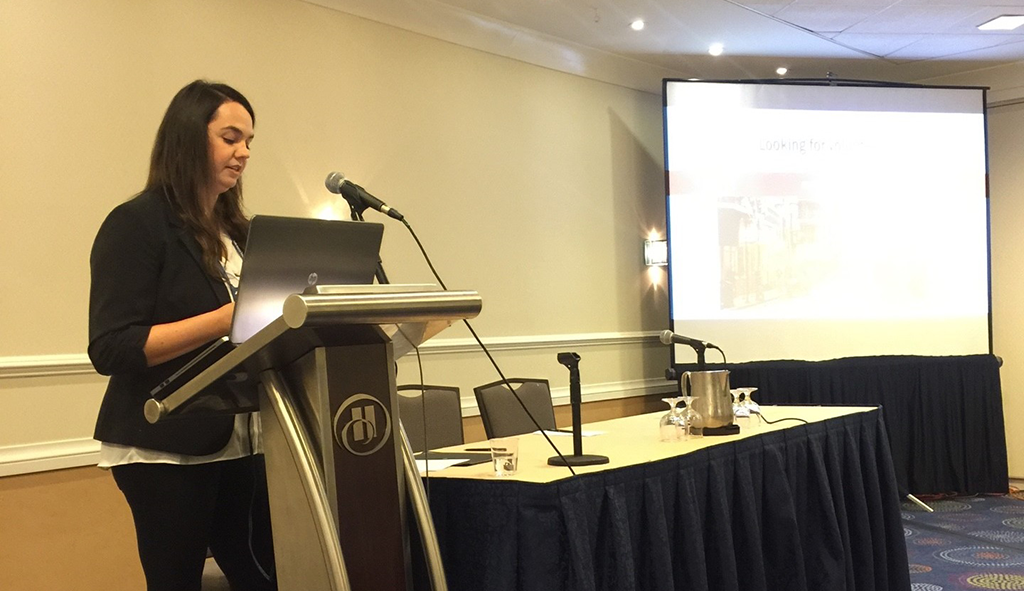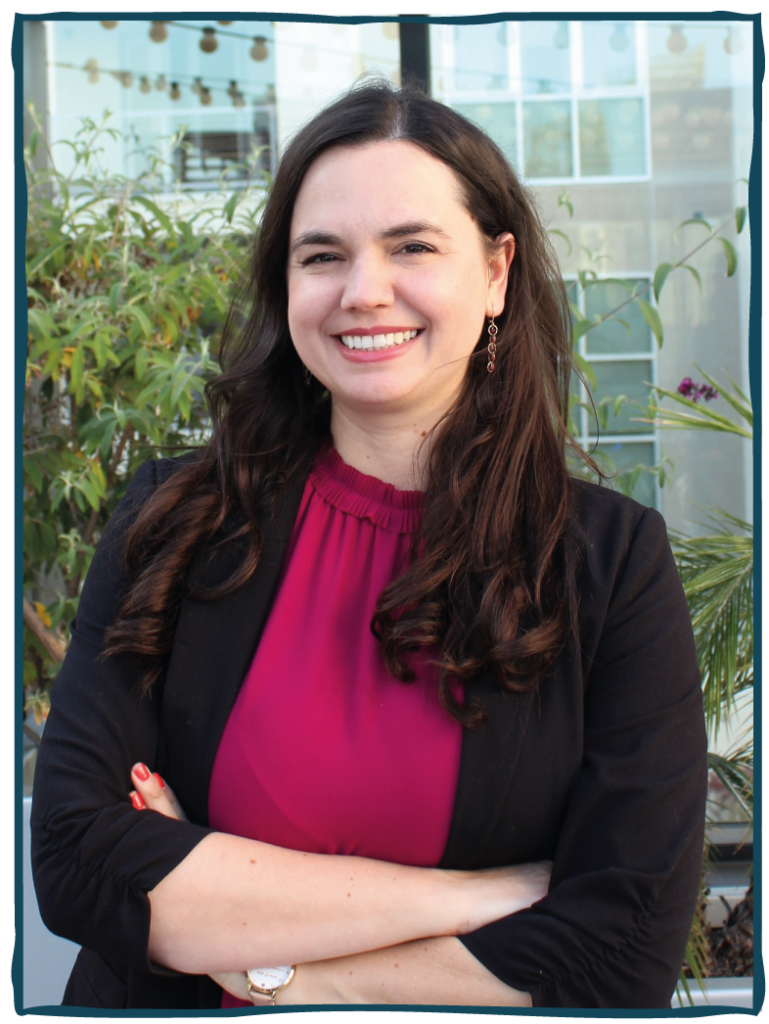Terra has been in existence for the past 20 years. Or so it would appear. According to the founder of Terra, Beatriz Cirera, Terra started long before it had an official name. “I had been working as a freelance translator and as a leader of teams of translators, and later as a small agency on my own. Approximately 20 years ago, I thought it was time to give my business more formal structure with a name and an identity,” Beatriz said. Almost two decades later Terra has become a force to be reckoned with in the global translation industry. We wanted to take a look back at Terra’s roots and who better to tell our story than our founder Beatriz Cirera?

On The Mother Daughter Bond
One of the motivators of turning her freelance work into a full-blown business was Beatriz had the opportunity to collaborate with her daughter. “I was very happy when Marina told me she decided to prepare for a translation career in school. I felt I could help her and introduce her to the business,” Beatriz said. She believes that choosing Marina as her partner was the natural and logical thing to do. “With her by my side I felt supported and understood. Having a mother and daughter relationship gave us an understanding I know I wouldn’t have with anybody else,” she said. It sounds like a pretty sweet partnership, but the icing on the cake is even sweeter, “Working together has been fun and brought us even closer,” Beatriz noted.
On Our Unique Culture
Starting a business as a family helped create a unique culture at Terra. “I view Terra as a big family, with all that being a family implies. We sincerely care for our employees and linguists,” Beatriz said. She believes treating her employees with the compassion and respect you would give a family member has encouraged the entire team to commit to excellence and to offer great service to our valued clients. She continued, “We believe in ourselves and always act with the ‘family’ in mind. We feel supported and that love is our engine. Love for our team, linguists, clients, community, and for what we do. We believe in the fact that you receive what you give. As my dear father taught me, ‘life is a boomerang’.”
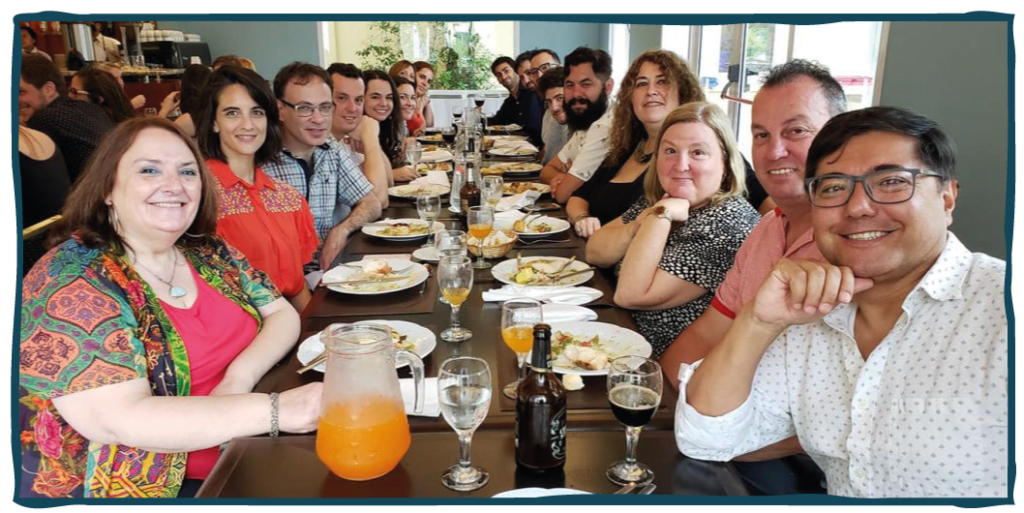
A commitment to supporting women is another key component of what makes Terra’s culture so special. Beatriz feels that it has never been easy for women to succeed in their chosen careers, “Many times family, motherhood, and inequality make women give up their dreams. I speak through experience, having brought up four children while building this company.” Terra is committed to providing valuable employment experiences for women, but also aims to support women outside of Terra through a variety of community outreach efforts, such as participating in Women in Localization. “We wish to share our experiences and help women in any way that we can,” Beatriz emphasized.
On What the Future Holds
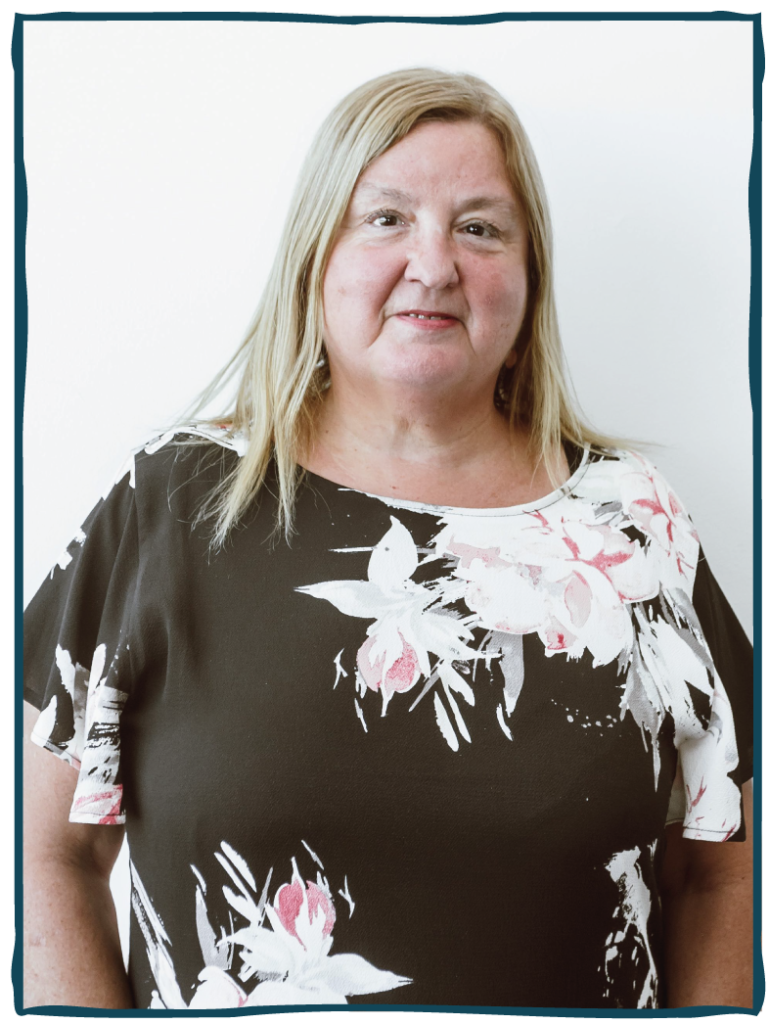
Over the years, Beatriz’s role has evolved significantly. She began as CEO and continued in that role for several years. Three years ago she passed the torch to Marina, “I felt the time had come to move aside, rest more, and have my brilliant daughter take command of the ship,” she said. Currently, she acts as an executive consultant, providing support to Marina and the team in any way she can. “The transition was so natural and seemed so logical. It went smoothly and easily,” she said.
Terra has accomplished a lot over the past fifteen years and the entire team is excited to continue this tradition of hard work and dedication. Beatriz is proud to watch Terra grow and is confident Marina will achieve all of her goals for the company. She is proud of her daughter’s accomplishments and how the company itself has grown and evolved, “I would be proud if Terra accomplished its main goal: grow as a company and grow as a family. I look forward to continuing working successfully with our clients and our team.”
